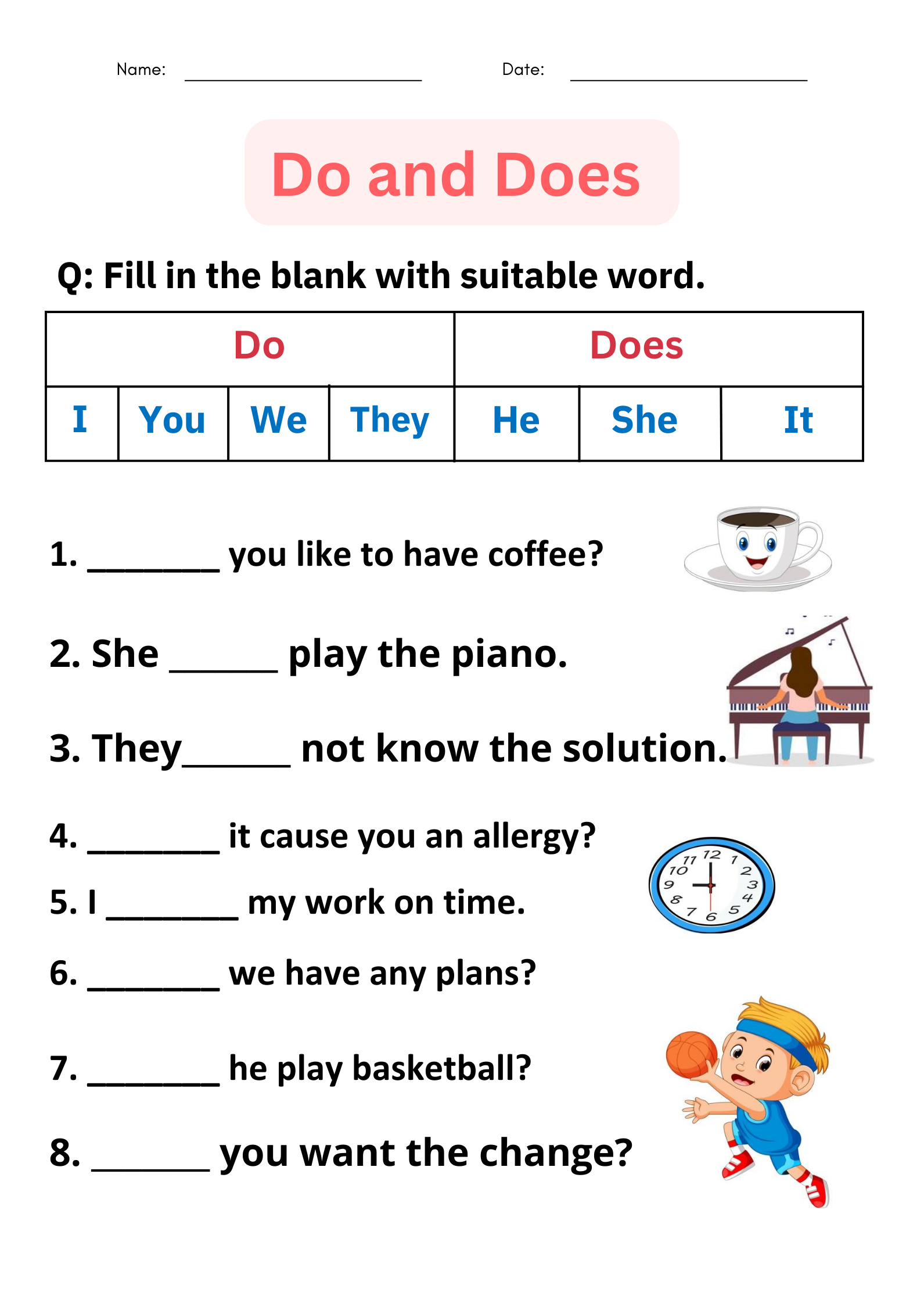Mouse Trap News: Complete Guide to News Aggregation and Information Filtering
Understanding mousetrap news platforms
Mousetrap news refer to news aggregation systems that capture and collect information from multiple sources, often like a trap catch its target. These platforms mechanically gather content from various news outlets, blogs, and digital publications, create centralized hubs for information consumption.
The term draw its analogy from the mechanical simplicity yet effectiveness of traditional mousetraps. Simply as these devices use bait to attract and capture mice, news aggregation platforms use algorithms and keywords to attract and capture relevant content from across the internet.
How news aggregation work
News aggregation operate through sophisticated web crawl technologies. These systems endlessly scan thousands of websites, identify new content base on predefine parameters. The process involve several key components that work unitedly seamlessly.
Web crawlers, besides know as spiders or bots, consistently browse the internet to discover and index new content. They follow links from page to page, collect information about articles, headlines, publication dates, and source credibility. This automated process ensures comprehensive coverage of break news and trend topics.
Content parse algorithms analyze the gather information, extract relevant details such as headlines, summaries, images, and metadata. These systems can distinguish between different types of content, prioritize news articles over advertisements or promotional material.
Algorithmic content selection
The selection process rely intemperately on machine learning algorithms that evaluate content relevance, credibility, and user engagement potential. These algorithms consider factors such as source authority, content freshness, keyword density, and social media signals to determine which stories deserve prominence.
Natural language processing play a crucial role in understand content context and meaning. This technology help aggregation platforms categorize articles accurately and identify duplicate content from multiple sources cover the same story.
Popular news aggregation platforms
Several major platforms dominate the news aggregation landscape, each offer unique approaches to content curation and presentation. Google News remain one of the well-nigh wide use services, mechanically organize news stories from thousands of sources worldwide.
Reddit functions as a community drive aggregation platform where users submit and vote on news content. This democratic approach creates a different dynamic compare to algorithm drive platforms, as human judgment influences content visibility.
Flipboard offers a magazine style presentation, allow users to create personalized news feeds base on their interests. The platform combine automate aggregation with editorial curation to deliver visually appeal content experiences.
Specialized industry aggregators
Beyond general news platforms, specialized aggregators focus on specific industries or topics. Technology news sites like TechCrunch and Ars Technica aggregate content relate to innovation, startups, and digital trends.
Financial news aggregators such as Bloomberg and Reuters provide real time market information and economic analysis. These platforms oftentimes integrate data feed with traditional news content to offer comprehensive financial intelligence.
Benefits of news aggregation
News aggregation offer significant advantages for both consumers and publishers. Readers gain access to diverse perspectives on current events without visit multiple websites separately. This efficiency save time while ensure comprehensive coverage of important stories.
For publishers, aggregation platforms provide additional distribution channels that can drive traffic support to original sources. Many aggregators include links to full articles, create opportunities for increase readership and advertising revenue.
The democratization of information access represent another crucial benefit. Smaller publications can gain visibility alongside major news organizations, potentially reach audiences they might not attract severally.
Real time information updates
Aggregation platforms excel at provide real time updates during break news events. Their automate systems can detect and distribute urgent information quicker than traditional editorial processes, keep audiences inform about quickly develop situations.
This speed advantage proves specially valuable during emergencies, natural disasters, or significant political events where timely information can impact public safety ordecision-makingg.
Challenges and limitations
Despite their benefits, news aggregation platforms face several significant challenges. The spread of misinformation represents possibly the virtually serious concern, as automated systems may struggle to distinguish between credible journalism and false information.
Echo chambers and filter bubbles can develop when algorithms prioritize content similar to users’ previous reading habits. This personalization, while convenient, may limit exposure to diverse viewpoints and contribute to political polarization.
Copyright and fair use issues create ongoing tensions between aggregators and content creators. Publishers sometimes argue that aggregation platforms profit from their work without provide adequate compensation or attribution.
Quality control concerns
Maintain content quality across thousands of sources present ongoing challenges. Automated systems may unknowingly promote sensationalized headlines or clickbait content that generate engagement but lack journalistic integrity.
The volume of information process by these platforms make human oversight difficult, lead to occasional publication of inappropriate or factually incorrect content before moderation systems can intervene.
Impact on traditional journalism
News aggregation has essentially altered the media landscape, affect how traditional news organizations operate and generate revenue. Many publishers havadaptedpt their strategies to optimize content for aggregation platforms, sometimes prioritize search engine optimization over traditional editorial considerations.
The shift toward digital distribution has accelerated the decline of print media while create new opportunities for online native publications. Aggregation platforms have become crucial traffic sources for many news websites, influence editorial decisions and publication timing.
Journalists progressively will consider how their stories will perform on aggregation platforms, potentially will affect writing styles, headline choices, and story angles. This influence raise questions about editorial independence and the integrity of news content.
Revenue model changes
Traditional advertising models have evolved to accommodate aggregation drive traffic patterns. Publishers must balance the benefits of increase visibility against potential revenue losses when readers consume content summaries without visit original sources.

Source: cursosonlineweb.com
Some news organizations have developed partnerships with aggregation platforms, create revenue share arrangements that compensate publishers for content usage while maintain wide distribution.
Future developments
Artificial intelligence and machine learn technologies continue advance, promise more sophisticated content curation and personalization capabilities. Future aggregation platforms may offer improved fact check, source verification, and bias detection features.
Voice activate news consumption through smart speakers and virtual assistants represent a growth trend that may influence how aggregation platform present information. Audio first content formats could become progressively important.

Source: en.wikipedia.org
Blockchain technology offer potential solutions for content attribution and micropayment systems that could address current compensation challenges between aggregators and publishers.
Regulatory considerations
Governments worldwide are eexaminedthe role of news aggregation platforms in information distribution and consider regulatory frameworks to address concerns about misinformation, market concentration, and fair compensation for publishers.
These regulatory developments may importantly impact how aggregation platforms operate, potentially require greater transparency in algorithmic decision-making and stronger content moderation practices.
Best practices for consumers
Effective use of news aggregation platforms require media literacy and critical thinking skills. Readers should verify important information through multiple sources and remain aware of potential biases in both individual articles and platform algorithms.
Diversify news sources help combat filter bubble effects and ensure exposure to different perspectives on current events. Consumers should actively seek out publications with vary editorial viewpoints and geographic focuses.
Understand the difference between news reporting and opinion content become crucial when consume aggregated information. Many platforms mix these content types, require readers to distinguish between factual reporting and editorial commentary.
Regular evaluation of personal news consumption habits can help identify areas where diversification might improve understanding of complex issues. This self reflection support more informed citizenship and decision-making.
MORE FROM dealdetectivepro.com












